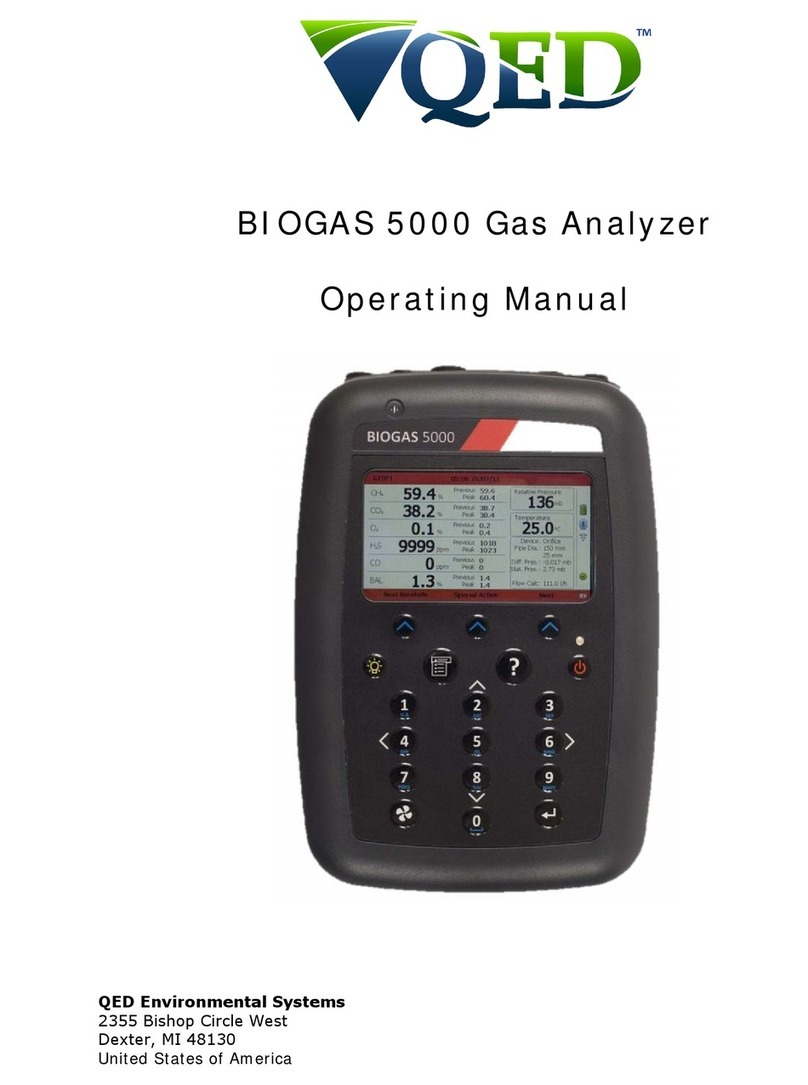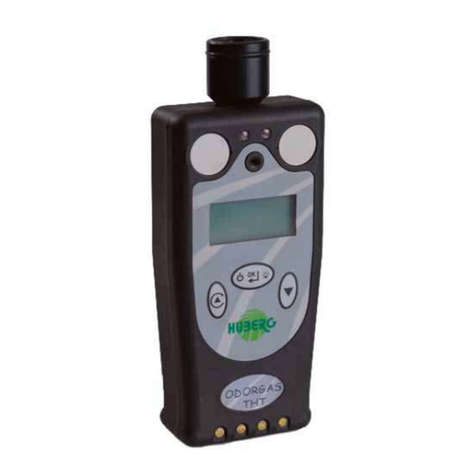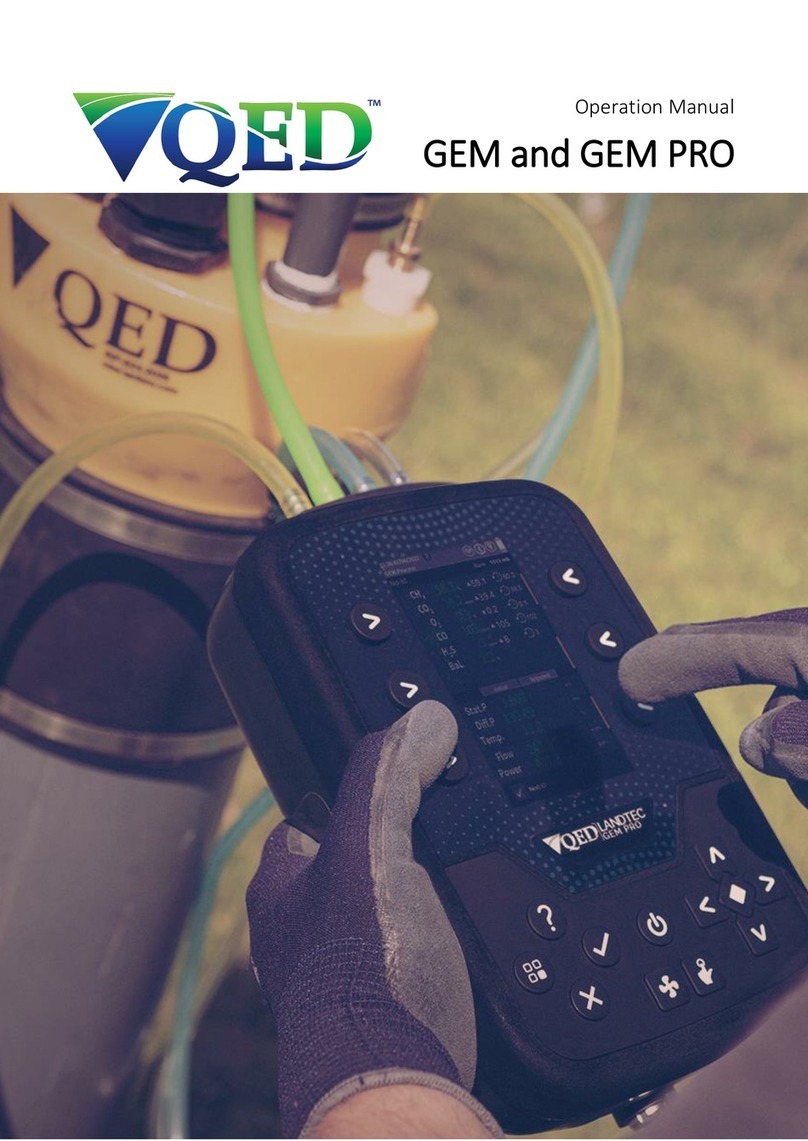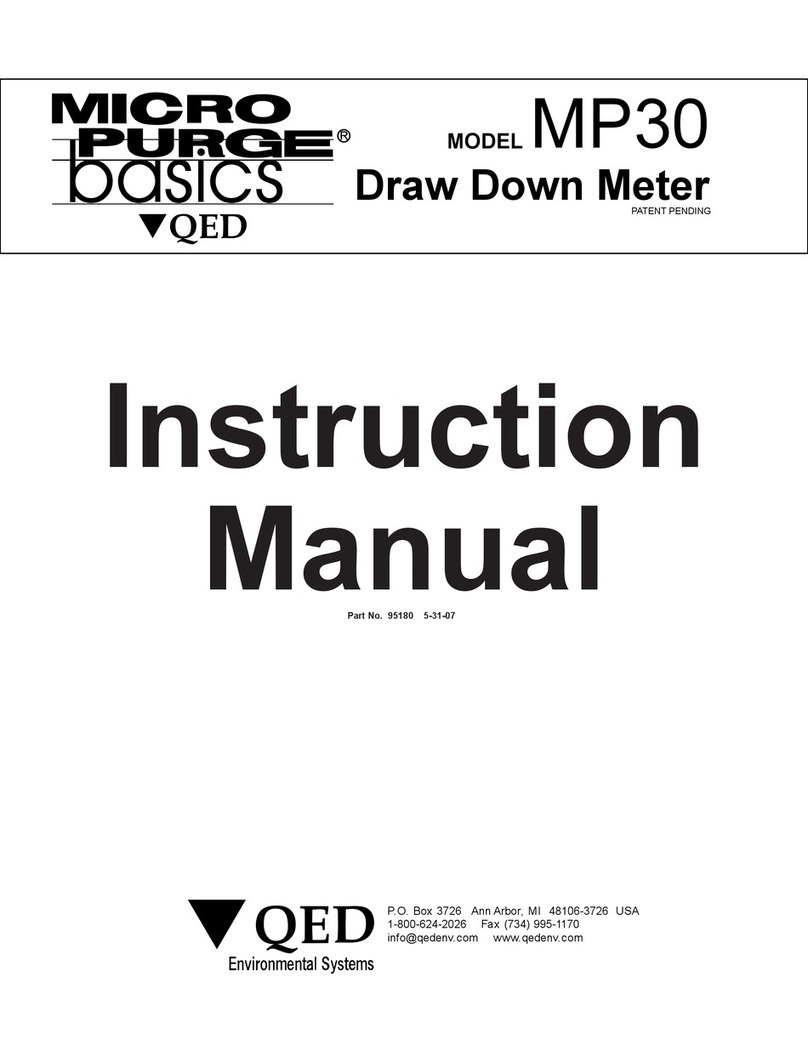
Rev: 01 P/N: 95343 Page | 2
3.2 Connecting your MP25 or MP25T for the first time.........................................................................................8
3.3 Home Screen ....................................................................................................................................................9
3.3.1 Snapshot ....................................................................................................................................................9
3.3.2 Find Another MP25 ................................................................................................................................ 10
3.3.3 View PurgeScan Logs .............................................................................................................................. 10
3.3.4 Settings ................................................................................................................................................... 10
3.4 Calibration and Calibration Logs.................................................................................................................... 10
3.4.1 Calibration .............................................................................................................................................. 10
3.4.2 Calibration Logs ...................................................................................................................................... 19
3.5 PurgeScan® Logging and Setup ..................................................................................................................... 20
3.5.1 PurgeScan Logging Setup and Interval ................................................................................................... 20
3.5.2 PurgeScan Logs....................................................................................................................................... 20
3.5.3 Sensors and Parameters......................................................................................................................... 20
3.5.4 Configure Stabilization Criteria............................................................................................................... 21
3.6 Backup Logs ................................................................................................................................................... 22
3.7 Other Operations........................................................................................................................................... 23
3.7.1Tablet Scroll Interval................................................................................................................................ 23
3.7.2 Bluetooth Scan Filter .............................................................................................................................. 23
3.7.3 Save GPS Location .................................................................................................................................. 23
3.7.4 Software Version .................................................................................................................................... 23
3.7.5 Wipe Turbidity Sensor ............................................................................................................................ 24
3.7.6 Selecting a storage location for PurgeScan Log Files ............................................................................. 25
4. Technical Notes ................................................................................................................................................... 25
4.1 Dissolved Oxygen........................................................................................................................................... 25
4.1.1 Oxygen Solubility in Water ..................................................................................................................... 25
4.1.2 Salinity Correction of DO mg/L............................................................................................................... 25
4.1.3 Barometric Pressure of Functions .......................................................................................................... 25
4.2 Specific Conductance, Salinity, and TDS........................................................................................................ 26
4.2.1 Specific Conductance Temperature Correction ..................................................................................... 26
4.2.2 Salinity Calculation ................................................................................................................................. 26
4.2.3 Total Disolved Salts (TDS) Calculation .................................................................................................... 26
4.3 CE Testing and Certification........................................................................................................................... 26
































